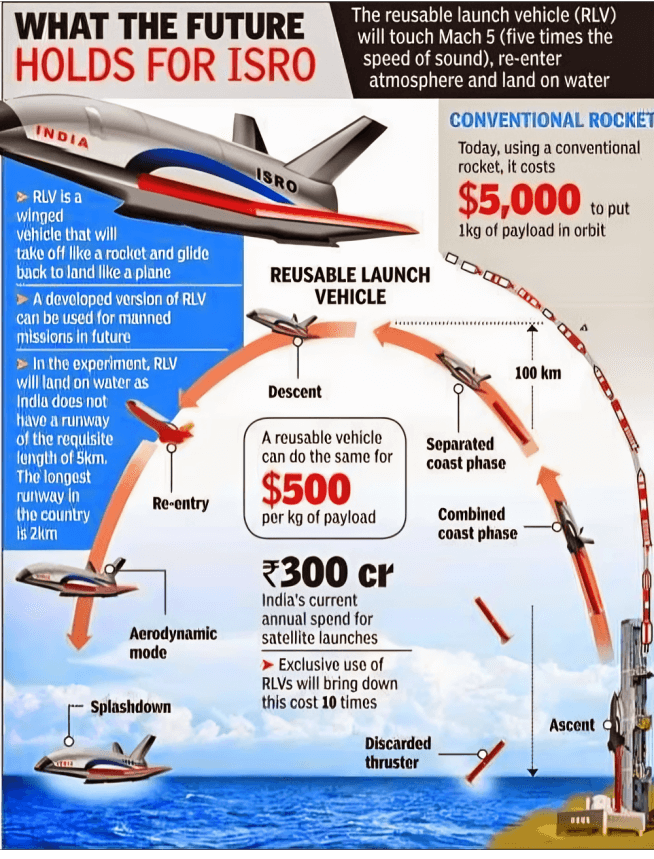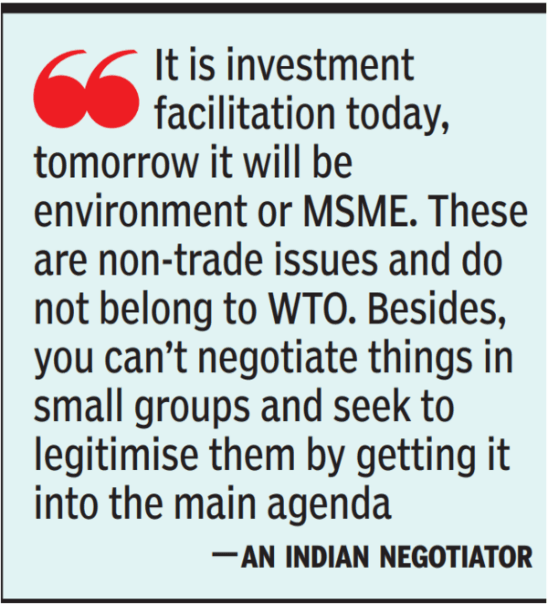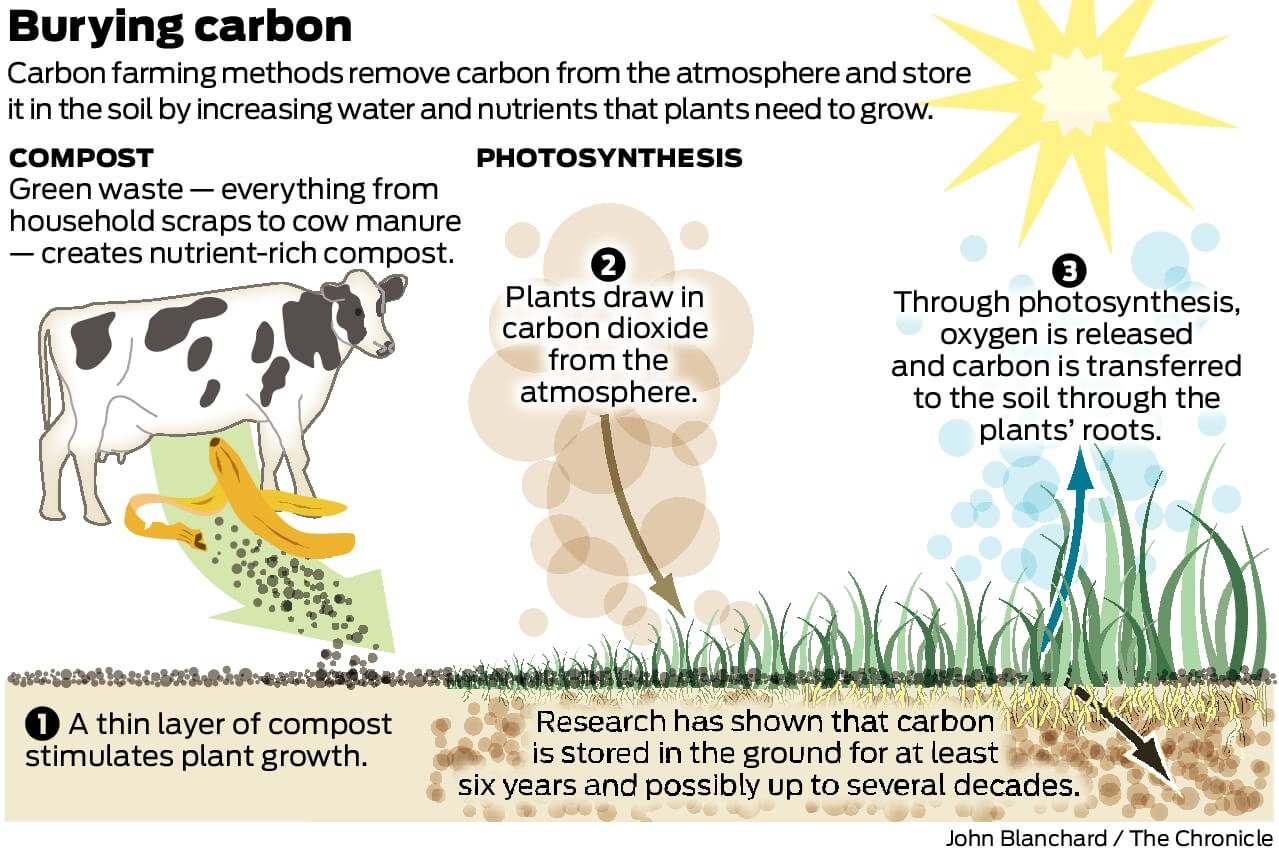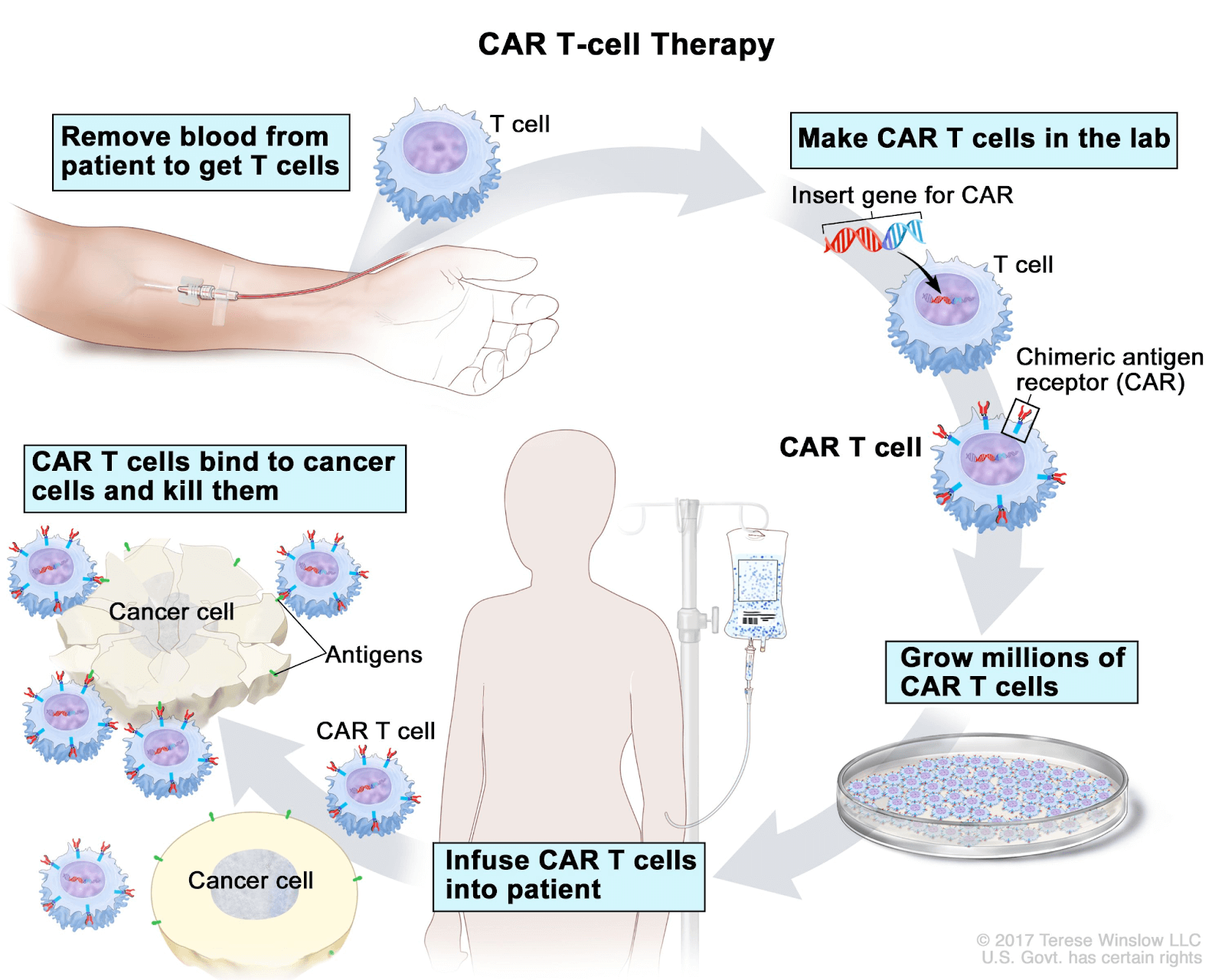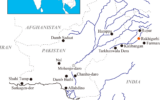
Copper’s enhanced hardness under extreme strain
Subscribers of "Current Affairs" course can Download Daily Current Affairs in PDF/DOC
Subscribe to Never Miss an Important Update! Assured Discounts on New Products!
Must Join PMF IAS Telegram Channel & PMF IAS History Telegram Channel
- Context (TH): Researchers from MIT and Northwestern University found that pure copper, when heated and subjected to extreme strain, behaves like a harder material.
- The new study shows the change in material strength response above 1 million /s strain rate.
|
Experimental Method & Findings
- In their study, the researchers accelerated aluminium oxide microparticles using lasers and shot them at a copper substrate at around 860 km/hr.
- Findings: When the temperature of the copper object was increased while the strain rate was 10 million /s, copper behaved like a harder material at impact spots. At strain rates lower than 1 million /s, the copper became softer.
- Comparison with Steel: At 10 million/s strain rate and 177º C, copper strength is over 300 megapascal (MPa). Comparable to the conventional strength of 304 stainless steel at the same 177º C.
- The researchers also reported similar effects with pure titanium and gold.
|
Applications
- Potential new strategies for designing devices for extreme conditions.
- Relevant for high-speed manufacturing and aerospace engineering.
Copper
Stone Age to Metal Age: Evolution of Metals
|







![PMF IAS Environment for UPSC 2022-23 [paperback] PMF IAS [Nov 30, 2021]…](http://pmfias.b-cdn.net/wp-content/uploads/2024/04/pmfiasenvironmentforupsc2022-23paperbackpmfiasnov302021.jpg)



